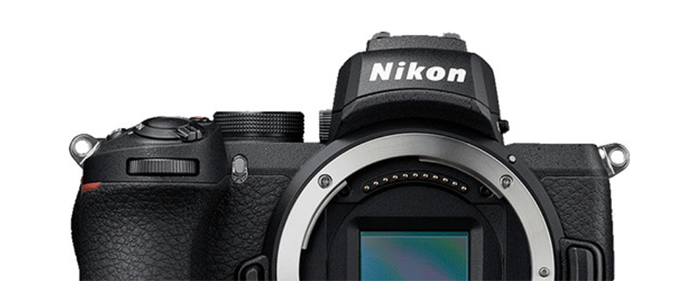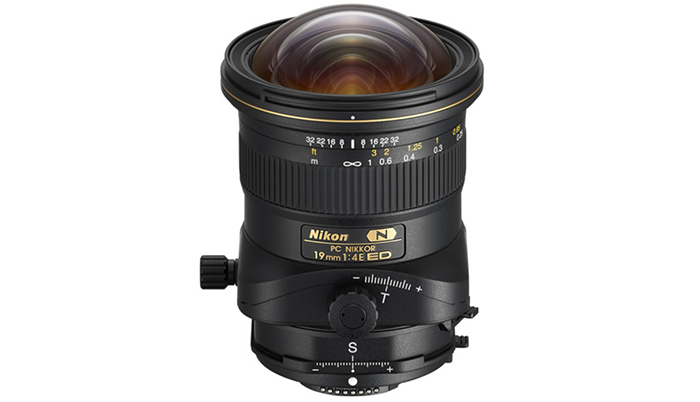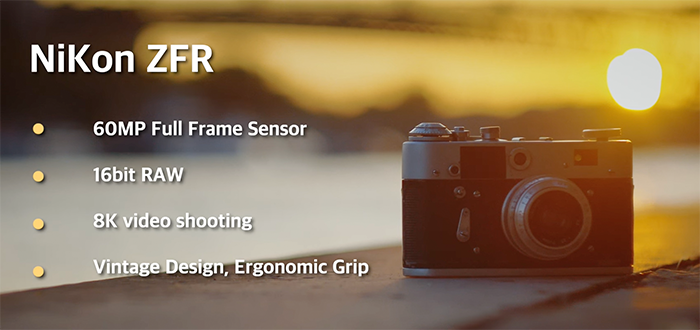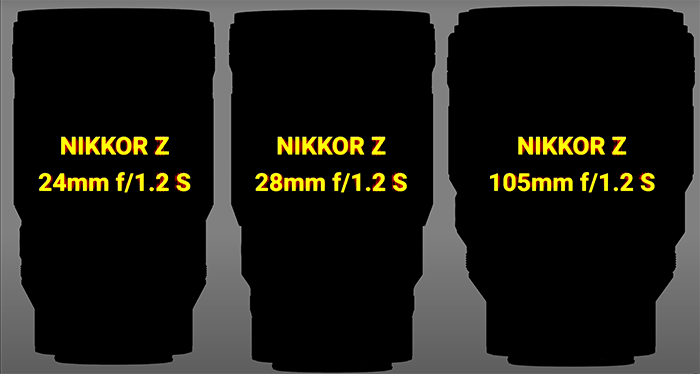The Nikon Z5II will be announced on April 2/3
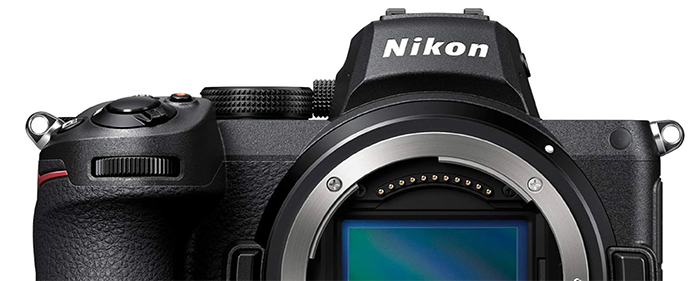
The new Nikon Z5II will be announced on April 2/3 and those are the rumored specs
- No upper display
- The size and weight are almost the same as the current Z5.
- 14fps RAW, 30fps JPEG
- Dual SD card slots
- Pixel Shift
- Selfie Mode
- Internal N-RAW 12-bit video
- No crop 4K 30fps, DX crop 4K 60fps 10bit
- Upgraded AF from Nikon Z8 (including bird AF)
- The EVF and LCD are also inherited from the Nikon Zf.
- Basically the Zf’s internals in a Z6III designed body.
- It has almost all the features of the Zf, but also adds some new features and capabilities.

